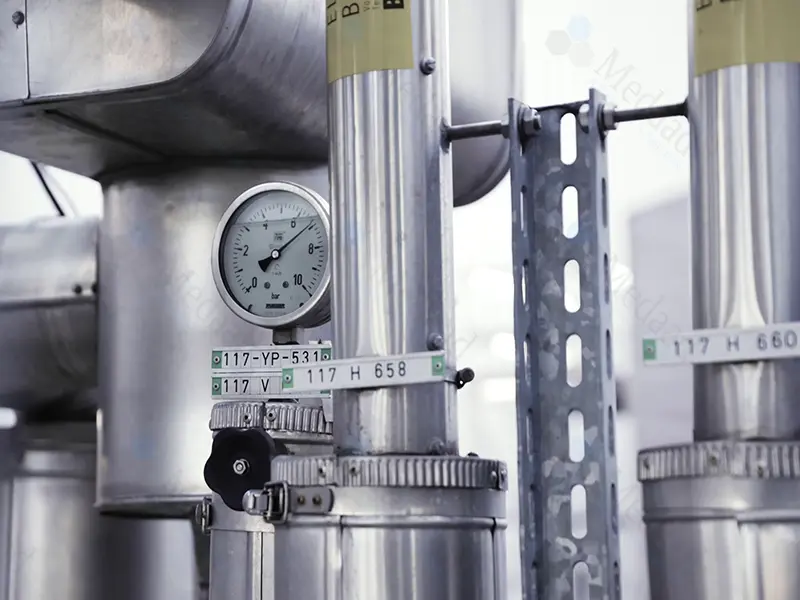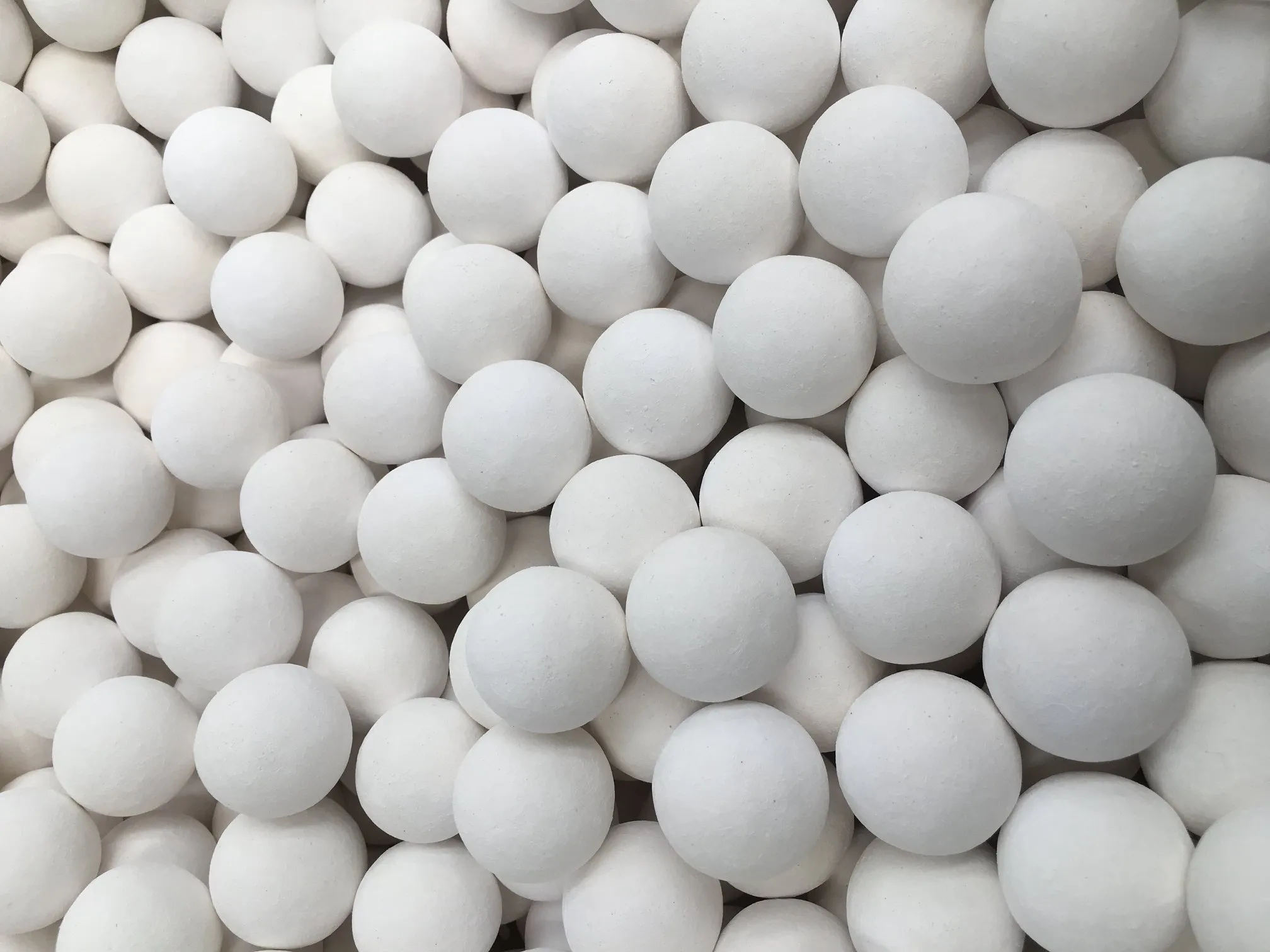Activated Alumina
Home - Activated Alumina
What is Activated Alumina
Activated Alumina is a moisture-absorbing material widely used in industries to dry compressed air and other gases. Common applications of activated alumina include instrument air dryers. It’s known for its ability to remove moisture from these gases efficiently.
Activated Alumina: The Ultimate Desiccant for Instrument Air Drying
In the world of industrial manufacturing, proper air quality is crucial to the success of any operation. One key factor in ensuring the quality of compressed air is the removal of moisture, which can lead to corrosion and other damaging effects on machinery. That’s where Activated Alumina is an effective desiccant for instrument air drying.
Activated Alumina is a porous, granular material made from aluminum hydroxide. It has a high surface area, allowing it to adsorb moisture from the air, making it an ideal choice for applications that require moisture removal.
Medaad specializes in providing top-quality Activated Alumina for instrument air drying.

Benefits of using our Activated alumina desiccant for instrument air drying:
1. High Moisture Adsorption Capacity: Activated Alumina has a high moisture adsorption capacity, making it a reliable choice for industries that require dry compressed air.
2. Chemical Stability for various industries: Activated Alumina is chemically stable. It can withstand a wide range of temperatures and pH levels without degrading. This makes it versatile for various industries, including pharmaceuticals, food processing, and electronics.
3. Long-Lasting Performance: Alumina desiccant has a long-lasting performance; it can maintain its effectiveness for extended periods. This helps reduce downtime and maintenance costs, allowing smooth operations and improving your equipment’s productivity.
4. Environmentally Friendly: Activated Alumina is an environmentally friendly desiccant as it is reusable and recyclable. This reduces waste and helps to minimize the environmental impact of industrial operations.
Looking for a fast, reliable desiccant for instrument air drying?
At Medaad we are committed to providing high-quality Activated Alumina that meets your specific needs. Our Activated alumina desiccant is available in various sizes and shapes, making it suitable for a wide range of applications.
Contact Us today to know more about our products.

Contact Us Today
